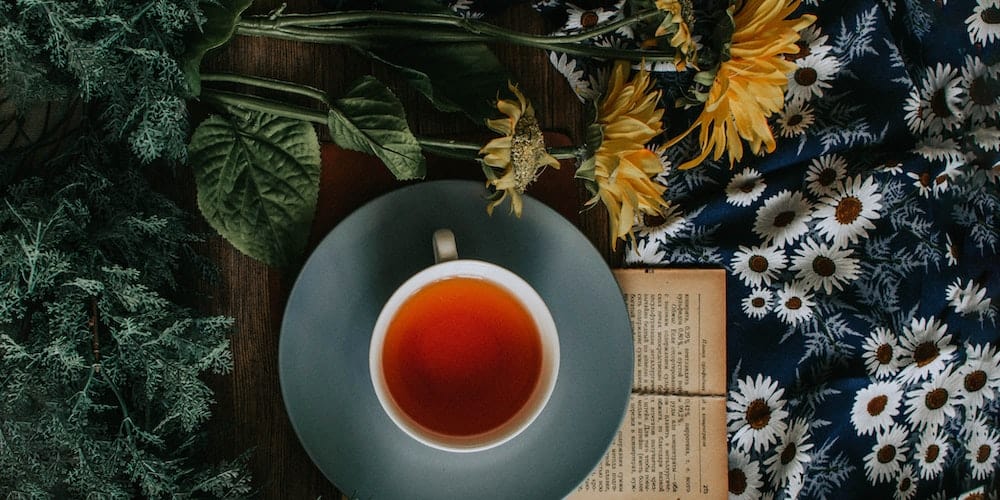Several factors can disrupt sleep: stress, anxiety, a too-heavy dinner, consumption of stimulating substances like coffee, tea, and alcohol late in the day, or engaging in sports activities late in the evening.
Fortunately, plants can relieve some sleep disorders thanks to their active ingredients. This is the case with the 5-HTP amino acid found in griffonia or the apigenin in chamomile.
What plants should be prioritized for better sleep? Here is our selection of the 7 most effective plants for achieving restorative sleep, available in capsules or teas.
True natural sleeping aids! Check after the list to discover the physiological aspects related to sleep and the role of melatonin.
Also read Choosing the Best Melatonin
Note: Plants in the form of dietary supplements can be an alternative to tea for people who tend to wake up in the middle of the night to relieve their bladder.
1. Griffonia
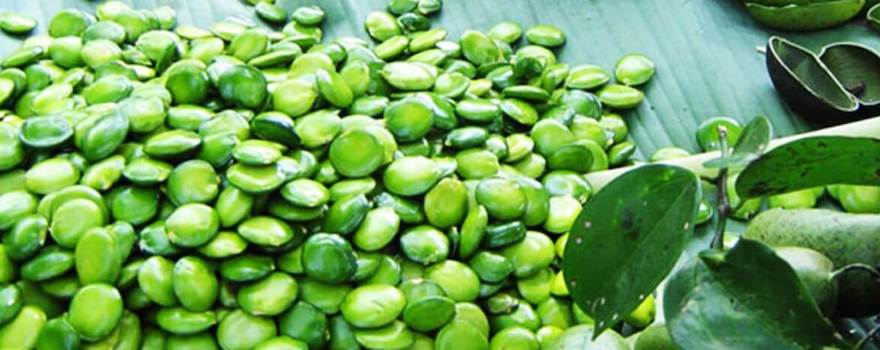
Griffonia is part of the legume family, which includes soy. It is a plant mainly found in forests and savannas in certain African countries like Togo. It contains the 5-HTP amino acid, which increases melatonin production and helps reduce some sleep disorders. This article highlights the effect of this amino acid on treating insomnia.
How to consume it: It’s best to use products made from its seeds to fully benefit from its properties. It is available in tablet form or as a powder (which is less concentrated in 5-HTP). The powder can be added to liquids like fruit juice.
2. Ashwagandha
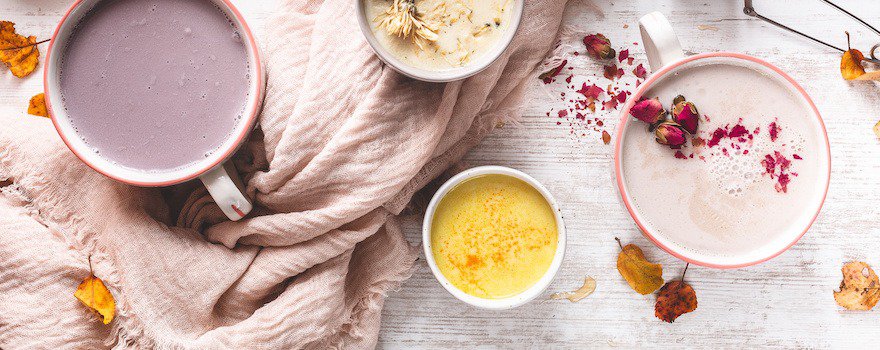
Ashwagandha belongs to the same family as goji berries. It is considered an adaptogenic plant, meaning it helps our body adapt to physical and physiological stress.
This study, conducted on chronically stressed individuals, demonstrates its effect on reducing insomnia. Two alkaloids (types of molecules) called somniferine and somnine are involved in its action.
How to consume it: Its powder can be incorporated into sweet recipes like creams or cakes. Moon milk is a recipe that highlights its sleep-inducing properties. Capsules or dried ashwagandha roots that can be used in decoctions are also available.
3. Valerian
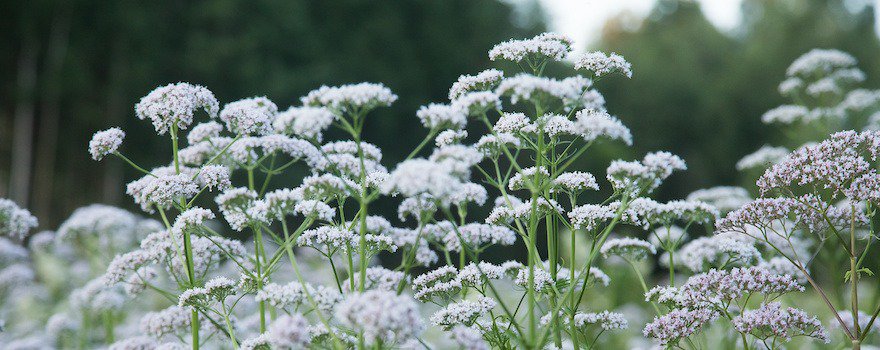
Valerian is a plant native to Europe and Asia. It is one of the plants that promotes sleep by calming nervous activity. The synergy of its compounds helps make sleep deeper and more restorative. This study conducted on patients suffering from insomnia shows its beneficial effect on sleep.
How to consume it: It is available in tablet or capsule form. It is recommended to choose organic. It is also available as a powder, which can be prepared as a tea or diluted in water.
4. Passionflower
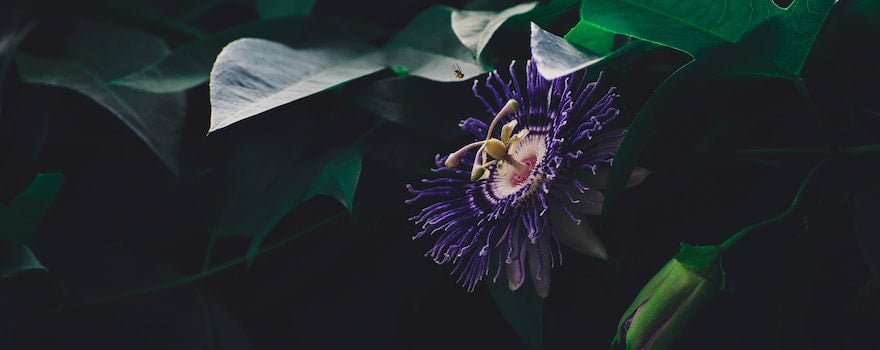
Passionflower, also known as the passion flower, has magnificent bluish flowers crowned with a lovely corona! It originates from South America. This study conducted on animals suggests its potential to promote sleep onset and duration.
Further research on humans is needed to confirm these preliminary findings. One of its compounds, called maltol, is believed to be responsible for its sedative effect.
How to consume it: It can be consumed as a tea. It is also available in capsule form.
5. Lemon Balm
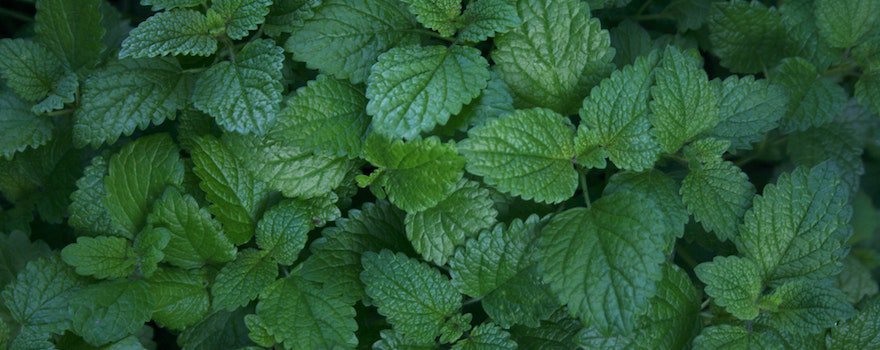
Lemon balm is also known as lemon balm herb due to its characteristic flavor. It originally grows in the Mediterranean basin. It has been used since ancient Greece for its medicinal properties. This study conducted on mice indicates the potential sedative effect of lemon balm. Its compounds, citronellal, and citral are believed to act on muscle relaxation and sleep onset.
How to consume it: It can be prepared as a tea: in decoction or infusion. It is also available in tablet or essential oil form.
6. Tribulus
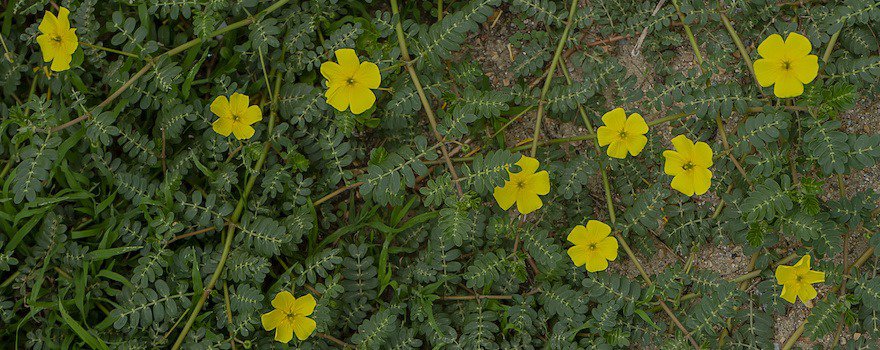
The tribulus, also known as Maltese cross, is a perennial plant that can grow in many regions. It has been used as a medicinal plant for millennia. It is also an adaptogenic plant. It promotes the balance of the nervous system and improves sleep quality.
How to consume it: tribulus is available in tablet or capsule form. In powder form, it can be mixed into a drink or a dessert like compote.
7. German Chamomile
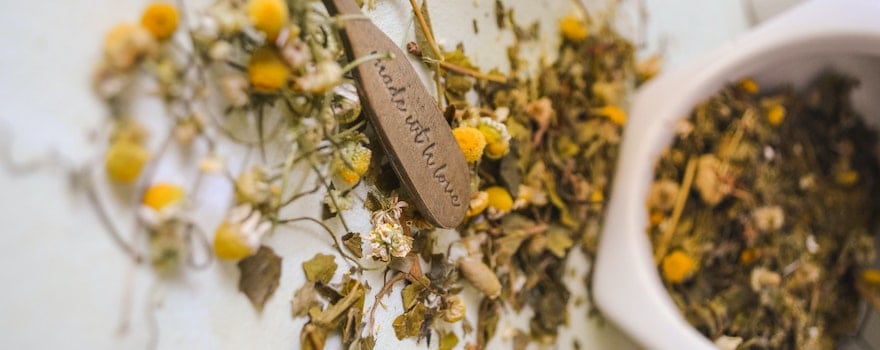
German chamomile is well known for aiding in falling asleep. It is a popular tea that would help one to more easily drift into the arms of Morpheus. Its soporific properties are attributed to one of its active compounds called apigenin.
How to consume it: it is very easily found in the form of an infusion. One can even find whole flowers to infuse in some herbal stores. This allows combining its gentle flavor with a lovely visual for homemade tea.
Phytotherapy in the service of sleep
Brief physiological reminder about sleep
On average, we spend nearly a third of our lives sleeping! Many scientists study sleep and try to decrypt its mechanisms and, notably, its functions. It is credited with a role in our learning and memory capabilities. The relationship between sleep and the immune system’s function has also been the subject of several studies.
Our sleep is governed by the circadian rhythm. It is an internal clock that operates in 24-hour phases. It determines the alternation between wakefulness and sleep phases.
When night falls, our body secretes melatonin. It is a hormone produced from serotonin (the “happiness hormone”) that aids in falling asleep.

The blue light from screens can disrupt the sleep cycle. Other factors can impact sleep quality, such as poor digestion, noise, or even irregular working hours.
Read also How to sleep better through diet?
Phytotherapy and sleep
For millennia, phytotherapy has used plants to treat various ailments in a therapeutic approach. The WHO recognizes it as traditional medicine.
It is the active principles of plants that serve to alleviate a multitude of ailments, including sleep disorders. This is the case, for example, with apigenin from chamomile. It is a plant compound (flavonoid) that by binding to specific receptors in the brain, would have a sedative effect.
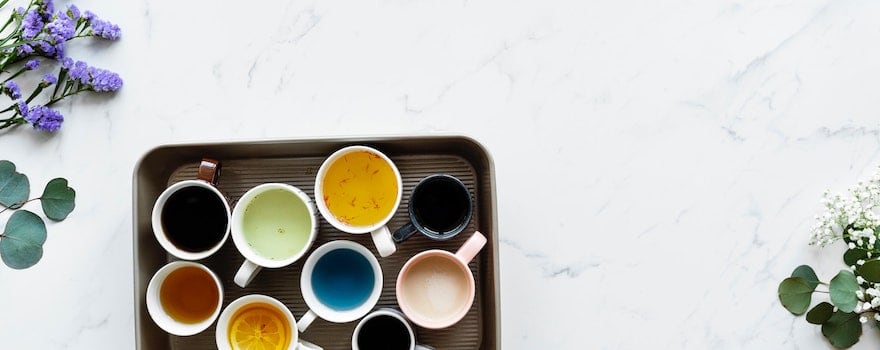
Precaution: consult a specialist (doctor, pharmacist, phytotherapist) to ensure you have no contraindications to consuming plants and that there is no risk of drug interaction.
If you have recurring insomnia or more significant sleep disorders, talk to your doctor.


